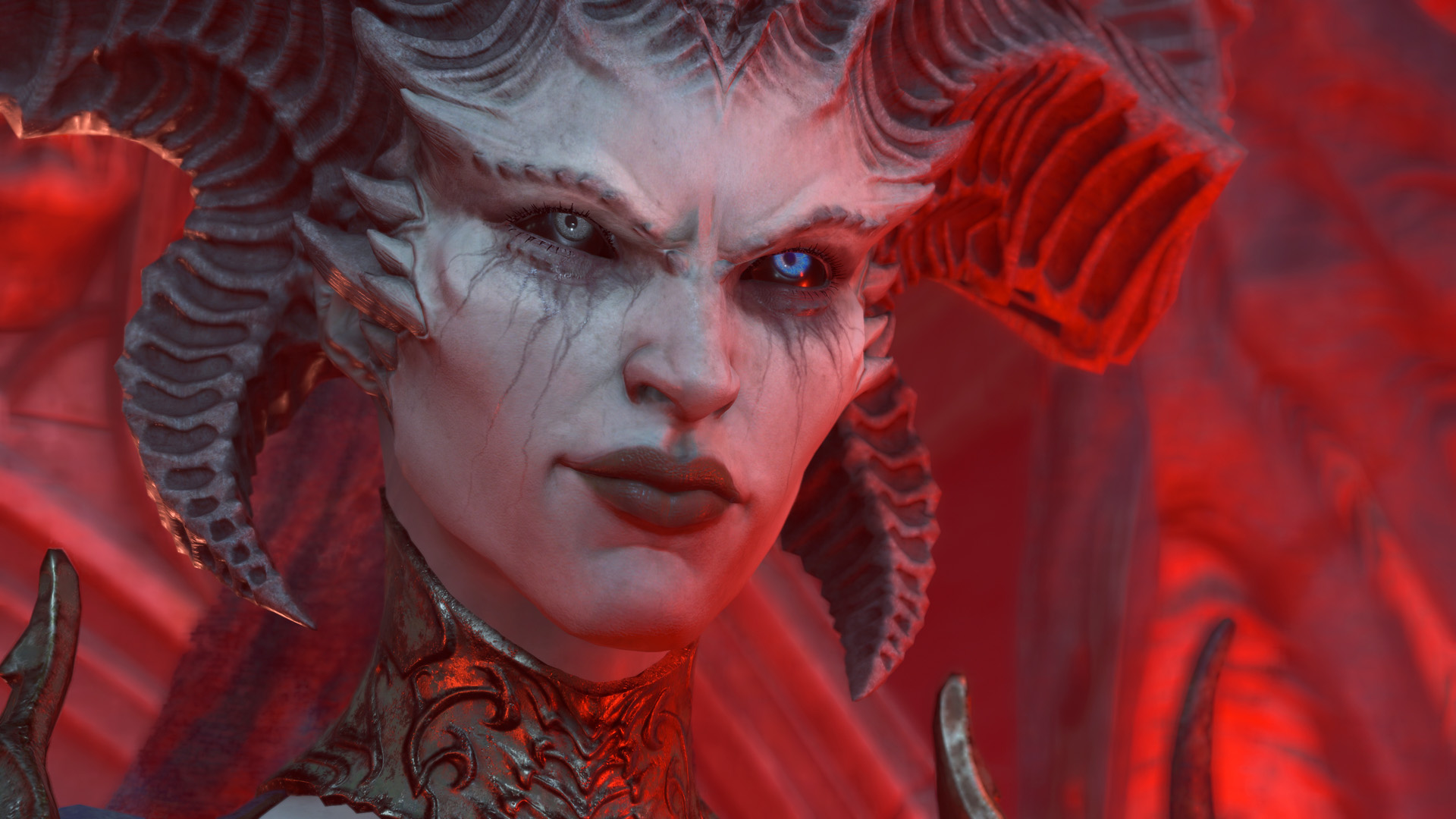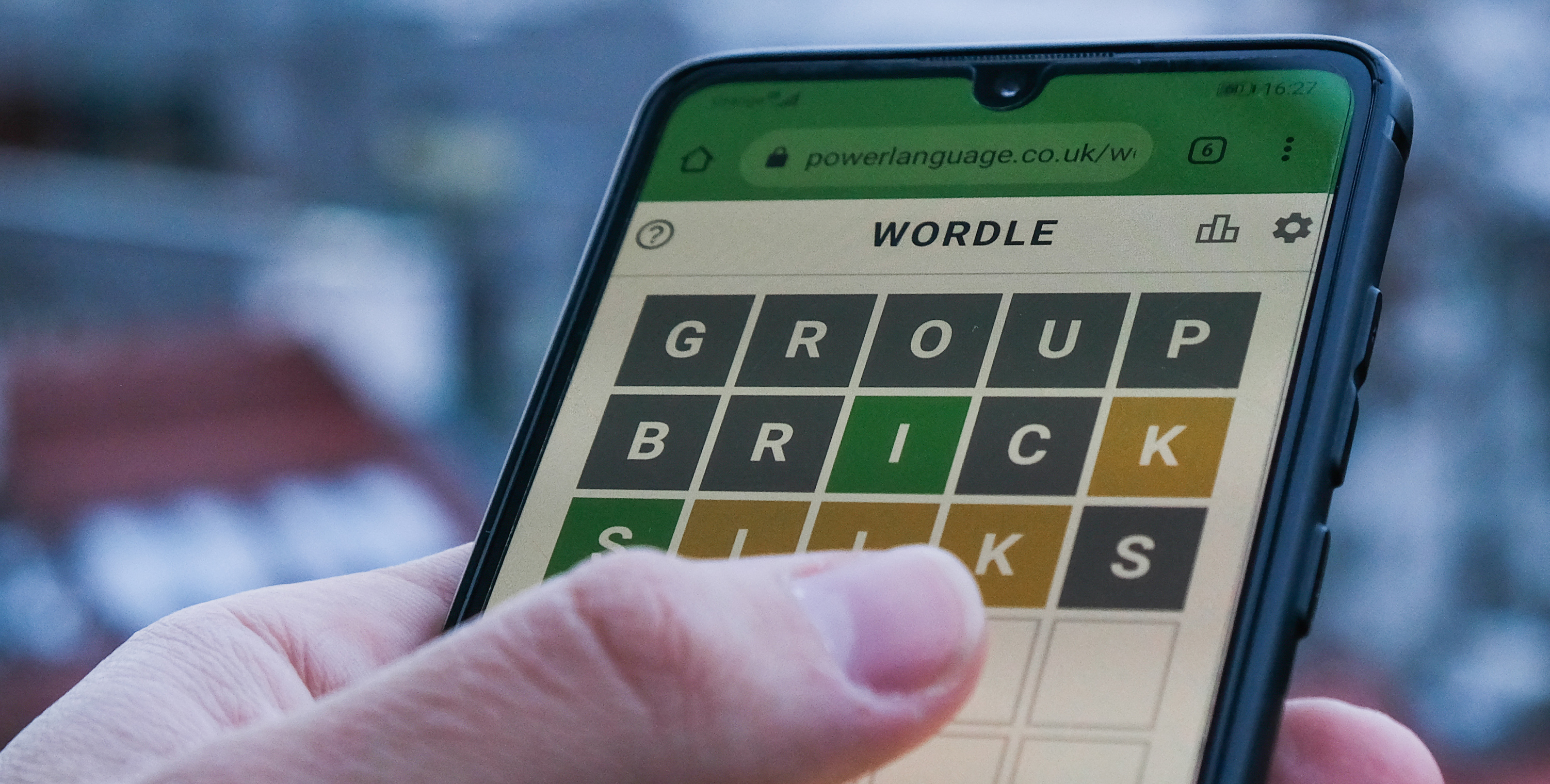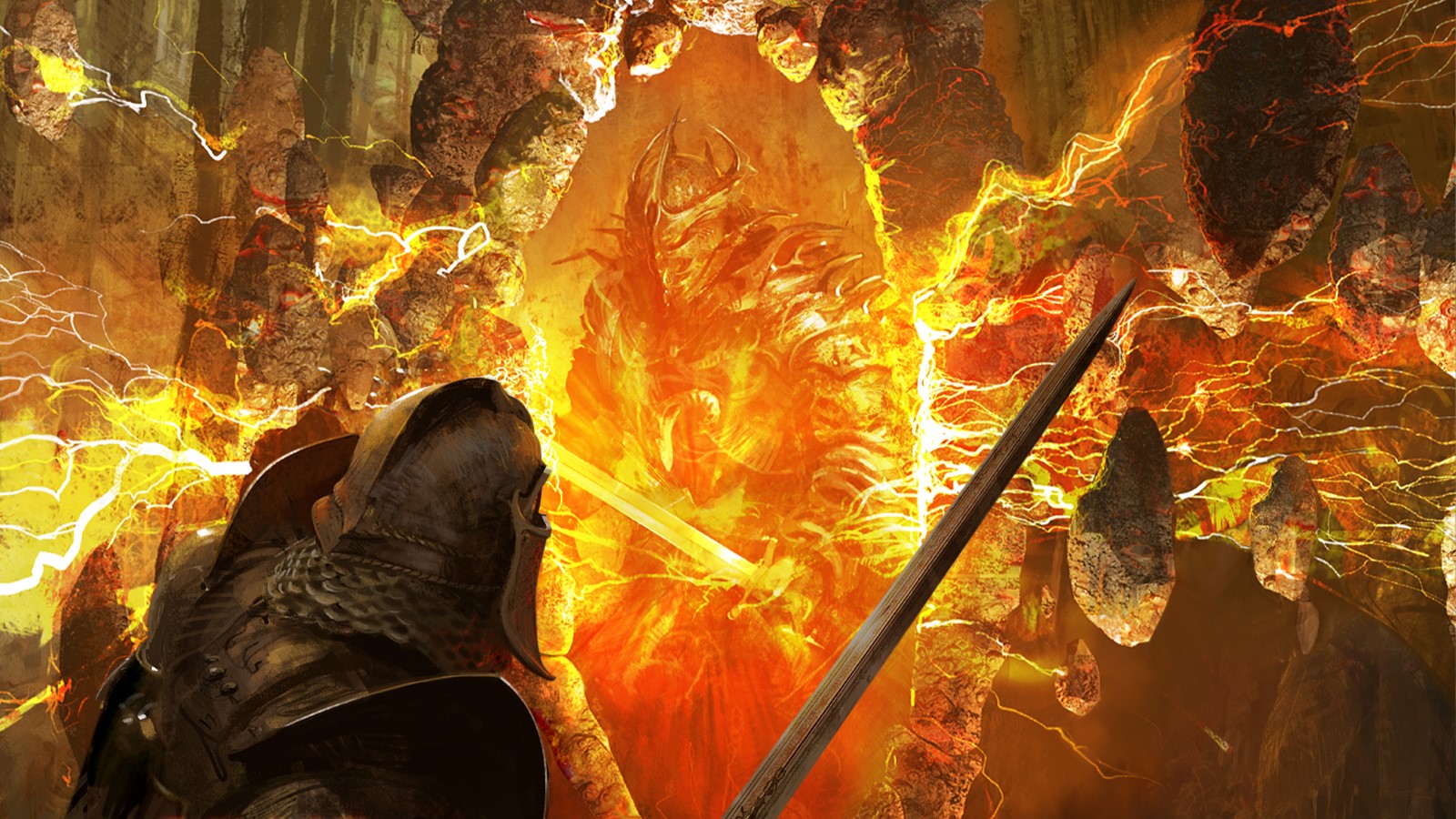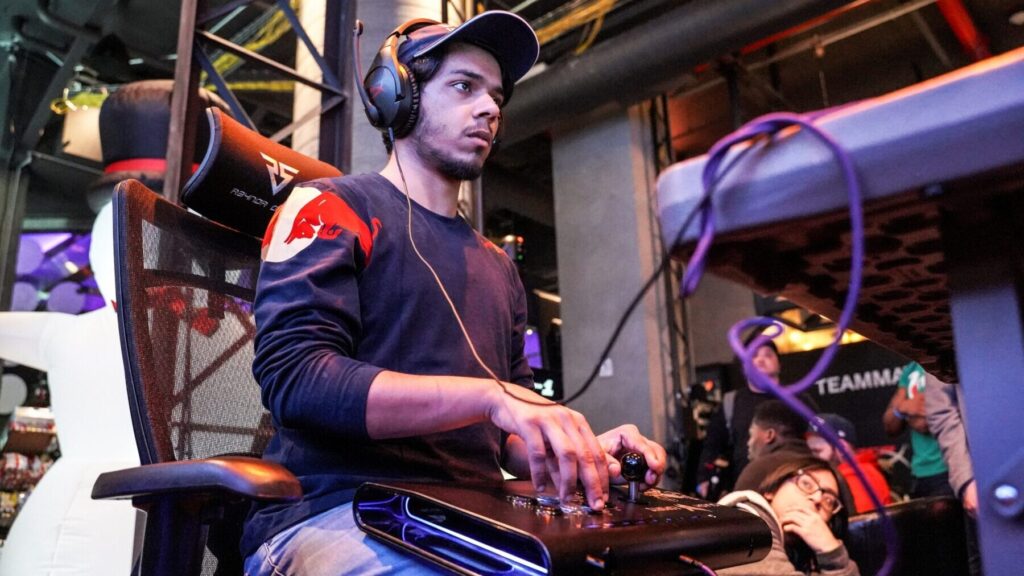
Community feedback and confident design choices transformed Diablo 4 into an outstanding action RPG.
Diablo 4 finally has it figured out. Although it was received positively on release, players turned on it as soon as they saw the exhausting grind in front of them, one that would need to be repeated every few months when a new season was released. Nobody was a fan of it and Blizzard took the feedback seriously. Over the next year, it dramatically improved the game, ripping out entire systems and replacing them with ones that gave players what they wanted. Now, Diablo 4 is not only a tremendous game, but one that has a much better grip on how to run a live service action RPG right.
Player feedback played a huge part in the shift, but Blizzard didn’t let it dictate every decision. Diablo 4’s big revival came from how the studio didn’t take every idea on Reddit and social media and toss it into the game. Instead, Diablo 4 improved by reading between the lines of that feedback and delivering solutions players didn’t expect.
Diablo 4 had depth at launch, but it took ages—or a lot of gold—to find it. Each of its original five classes were intuitively designed so that even new action RPG players could get a build up and running without having to get a PhD in a skill tree the size of Path of Exile’s. Clever ideas, like a tag system to denote different types of skills with the ability to type them into a search bar, invited you to experiment. But the weeks-long grind it took to make the kind of character you wanted would quickly burn you out. That, along with a bummer of a campaign, drained the life out of Diablo 4 the longer you spent with it.
The grind continued for a few months until the release of its second season, which, in my eyes, was the moment Diablo 4 changed course. Critical updates to the game before that set the stage for what came after, but its second season, the Season of Blood, gave players their first taste of what Diablo 4 could be. Loot was bountiful and characters were powerful. And for the first time chasing that perfect item for your build didn’t feel futile. There were still fundamental issues with the complexity of loot, but by cranking the dial up on everything in the game, Blizzard earned the trust and the time it needed to work on what would come next.
Season 2 feels like the moment Blizzard codified its approach to developing Diablo 4 as a live service game. Blizzard is known for distilling complex genres down to their essential parts, and ever since season 2, the Diablo team has repeatedly applied this technique to its various systems. Key to that success is how the team interacted with players, communicating new ideas through small-scale changes and introducing new systems that might not have been 1:1 with players suggestions but solved their problems regardless.
Smart solutions
(Image credit: Tyler C. / Blizzard)
Diablo 4 feels collaborative and responsive to player behavior, but it also has a vision that the developers won’t ruin just to make its loudest players happy.
The best example of this solved a problem players had by giving them a solution they didn’t expect. The most vocal players on Reddit and the forums have demanded a loot filter be added to the game since it came out. Prior to the big loot rework in season 4, Diablo 4 was bloated with item drops and, naturally, players wanted a way to instantly know what loot was worth picking up.
Instead of caving and implementing a feature that, frankly, seems backwards for a game like Diablo where generous loot drops are the whole point, Blizzard gave us “Greater Affixes”. Greater Affixes help you sort through loot without flattening the thrill of checking if an item has that perfect stat you need. Stats, or affixes, in Diablo are determined by randomly rolling within a range of values that you can see if you have the “advanced tooltips” setting on. An intelligence affix on a legendary will always be a number between 107 and 121. A greater affix intelligence roll, however, will always be maxed out and multiplied by 1.5x, giving you a whopping 182 intelligence.
Finding a greater affix roll for a stat you need can be huge for your build and the chances of finding one are low enough that you always want to look at items with a little star on them when they drop. In practice, it’s a loot filter without the loot filter. Picky high-end players can skip items without stars and the rest of us can just be excited when one drops at all. Sure, you still have to go and check if the greater affix is the one you need, but it saves inventory space and gets you back to farming monsters immediately. It’s a clever solution for a real issue that doesn’t erode the joy of playing a game about randomized loot.
Diablo 4 feels collaborative and responsive to player behavior, but it also has a vision that the developers won’t ruin just to make its loudest players happy. If they acted on every suggestion, every town in Diablo 4 would have one NPC who can do everything so you don’t ever have to travel 10 feet away to talk to someone else. There’s a permanent tension between players who chase efficiency in action RPGs and designers who want to make an exciting videogame instead of a lifeless program. Over the last year, Blizzard has stood its ground and the game is better for it.
Test run
(Image credit: Tyler C. / Blizzard)
Blizzard has also improved Diablo 4 a lot by test running upcoming activities without telling anyone. Sometimes it’s obvious, like when it trialed a brutal new dungeon type for endgame players to test their builds with and then brought it back as a way for all players to measure whether they’re capable of increasing the difficulty in Vessel of Hatred.
And other times it’s stuff that incorporates the appeal of a few things and combines them into one: Infernal Hordes have you battle waves of enemies that drop a currency you can use to open chests with buckets of loot and crafting materials at the end. The waves of enemies who won’t waste your time with loot drops feels plucked from The Gauntlet, a race-against-the-clock dungeon with leaderboards from season 3, and the currency to spend on chests is clearly borrowed from that same season’s vault dungeons.
This approach could make it feel like you’re perpetually playing a beta for a theoretically better game in the next season, but Blizzard has made up for that by being generous when these ideas don’t quite work out. The aforementioned vaults had all sorts of environmental hazards like floor traps and pillars of fire that would take away the currency you needed to open the chests at the end whenever you got hit by them. Everyone hated it and the first patch of the season defanged all the traps to the point where you could run straight through them and reap all the rewards. Blizzard also made those chests drop loads more loot so people would at least engage with the currency mechanic. Vaults lost a part of their identity to become loot piñatas for a season, but it seems like Blizzard learned a valuable lesson that it’s carried forward in every new dungeon type since.
(Image credit: Blizzard)
That’s been the story of Diablo 4 for the last year and change. Blizzard tries new things out while continually fixing the stuff that bugs people. Its regular ‘Campfire Chat’ streams feature various developers talking about updates to the game and you can tell by the language they use that they’re on the same page as their audience. “We’ve also taken a look at what are the affixes we’re giving,” lead live designer Colin Finer explained in a recent stream before failing to censor himself by asking the question we’ve all been thinking: “Like fucking potion healing?“
It’s often stated outright on those streams that the reason certain features aren’t out yet, like the ability to save build presets, is because doing it right takes time, and it’s easy to believe it when those things eventually come out and exceed expectations.
Diablo 4 isn’t perfect, but it’s exponentially better than where it started. Its first expansion, Vessel of Hatred, gathered up all the improvements it made and rolled them into a more intuitive structure for progressing through it. It’s a pivotal moment where all the leftovers of a game that felt afraid to let you have fun have been removed. It’s a new era for Diablo 4, and odds are it’s only going to get better from here.






